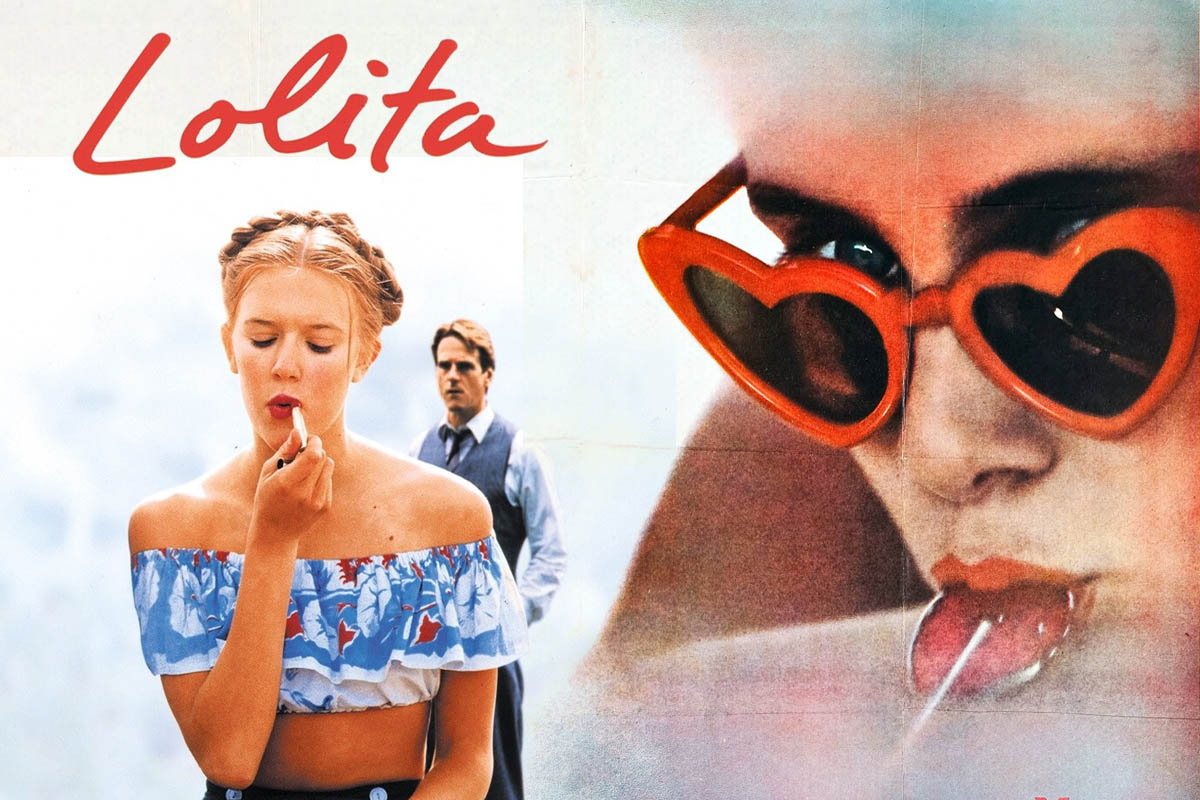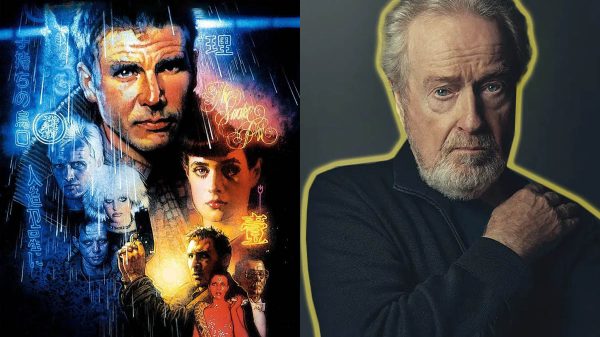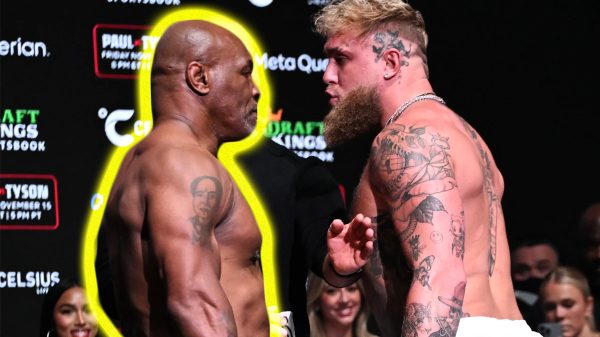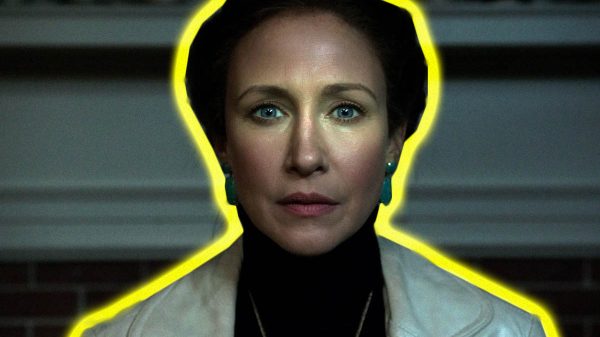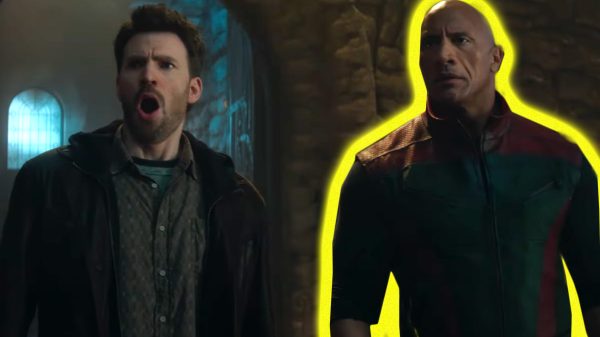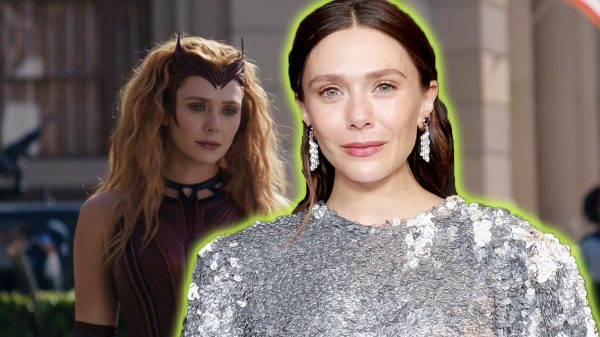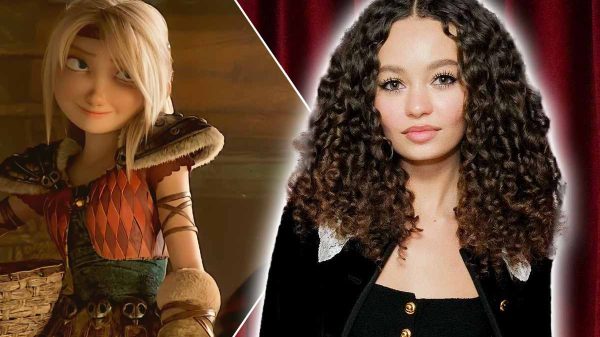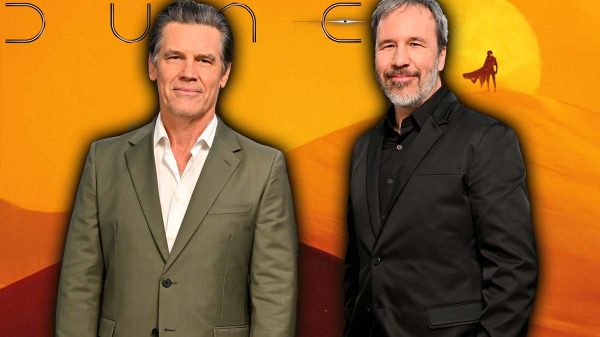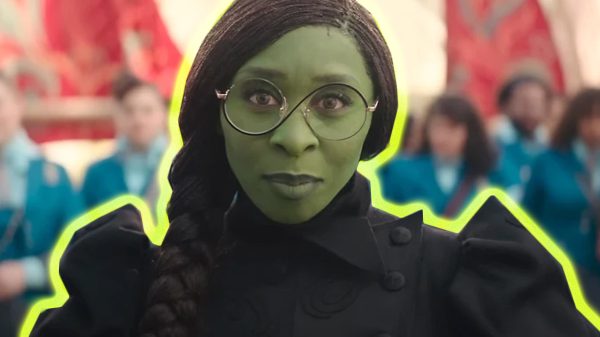Vladimir Nabokov’s ‘Lolita’ has been brought to the silver screen twice – first in 1962 by Stanley Kubrick and then in 1997 by Adrian Lyne. Each adaptation offers its own interpretation of Nabokov’s work, but which is better?
Character Portrayal
With their portrayals, both films present contrasting interpretations of the novel’s characters.
James Mason’s portrayal of Humbert Humbert in the 1962 version is a stiff, British character, internalizing Humbert’s selfish nature. In contrast, Jeremy Irons, in the 1997 film, presents a less posh but more menacing and fidgety version of Humbert.
Sue Lyon, in the 1962 adaptation, brings a poised and classic beauty to the Lolita role but arguably lacks the wild child essence that Nabokov described. Dominique Swain, in the 1997 version, is praised for matching the novel’s depiction by her success in balancing childishness and vulgarity effectively.
Shelley Winters’ performance in the 1962 film reflects Charlotte Haze’s character in the book, while Melanie Griffith’s in the 1997 adaptation is less impactful. Peter Sellers in 1962 offers a comedic, well-developed Quilty, whereas Frank Langella’s 1997 portrayal, though subtle and calculating, suffers from limited screen time.
Narrative and Direction
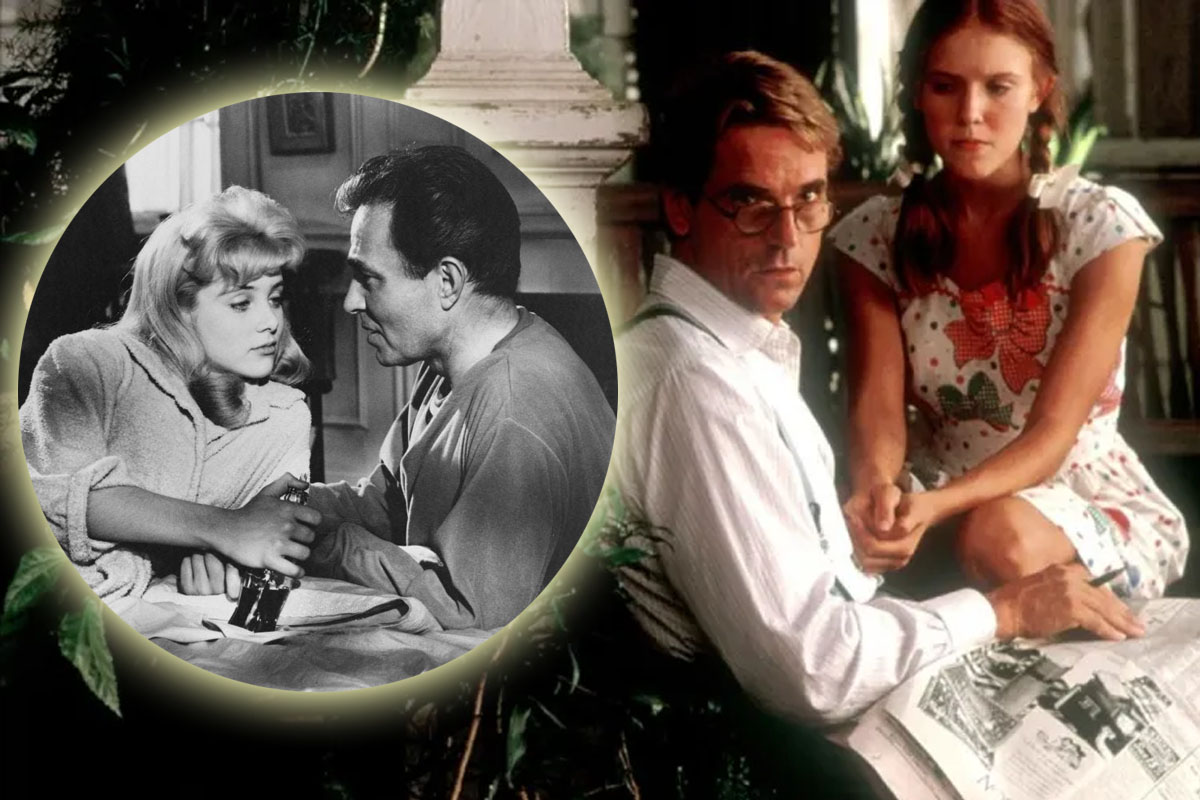
The narrative approach and direction of the two films differ significantly.
The 1962 Version steers toward dark comedy, underplaying the erotic aspect of Humbert’s relationship with Lolita due to censorship constraints at the time. The 1997 Version takes a more dramatic route, staying closer to the novel’s emotional depth and storyline, though it has been criticized for its approach to the novel’s inherent hyper-sexualization.
Stanley Kubrick’s 1962 adaptation is noted for its satirical brilliance and strong cinematography. Adrian Lyne’s 1997 film, on the other hand, faces criticism for inconsistency and an over-reliance on stylized shots, which some viewers found distracting.
In terms of acting, the 1962 Version is lauded for the performances of its main cast, with each actor bringing depth to their roles. The 1997 Version also features successful performances, particularly the chemistry between Jeremy Irons and Dominique Swain. However, Melanie Griffith’s performance is generally viewed less favorably.
Final Verdict
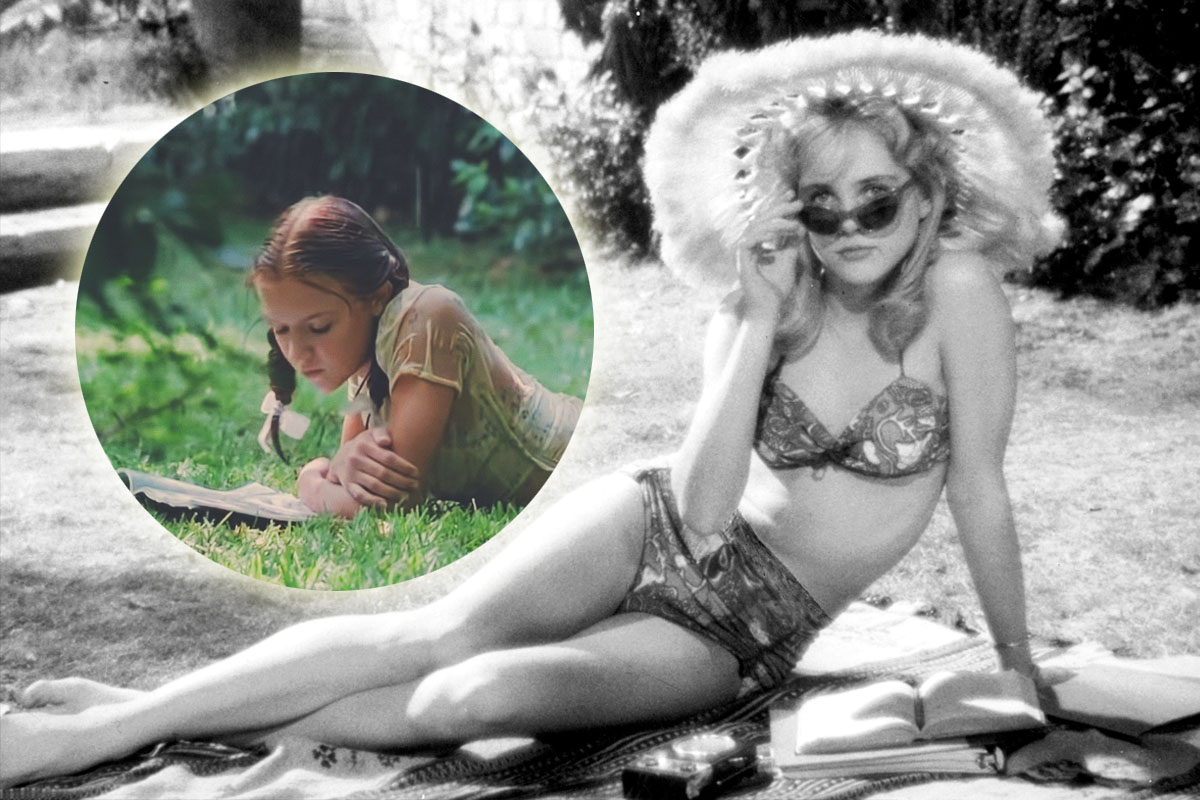
While both adaptations of ‘Lolita’ have their strengths, they also have their weaknesses. The 1962 version is often seen as a more cohesive film, while the 1997 version is praised for its closer alignment with the novel’s plot. However, this adaptation faces criticism for its dramatic execution.
So, both adaptations of ‘Lolita’ provide their own perspectives on Nabokov’s novel. The 1962 version is notable for its satirical approach and strong performances, whereas the 1997 adaptation by Lyne is praised for its reliance on the novel’s storyline and emotional intensity.
In the end, the preference for one over the other may depend on your choice — do you want to watch a ‘novel adaptation’ or a ‘remake’ that shines on its own?

